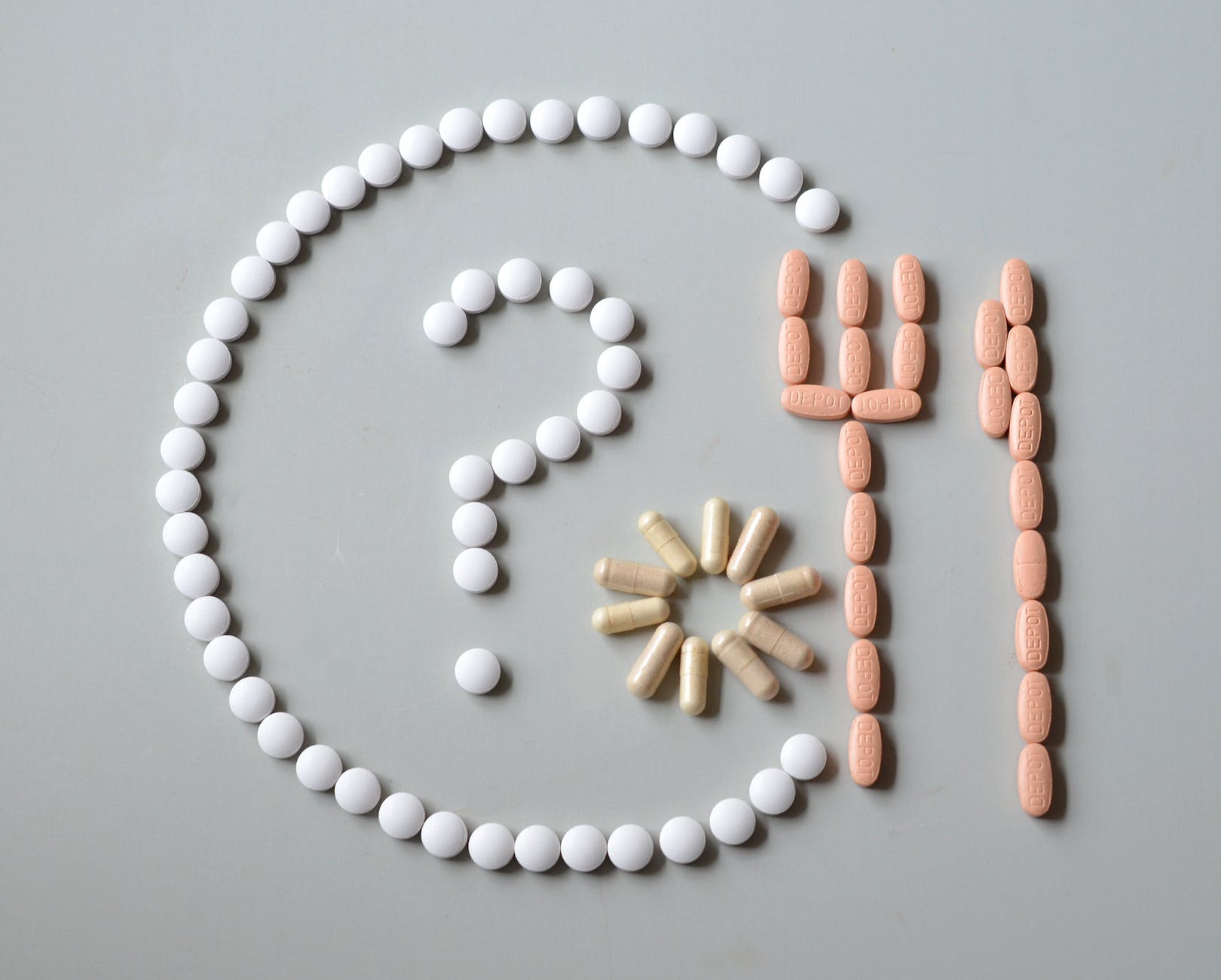Drug Development: Unveiling the Journey of Drug Development, From Discovery to Market

In the dynamic field of healthcare, drug development plays a pivotal role in bringing innovative and life-saving treatments to patients worldwide. This blog post will delve into the intricate process of drug development, highlighting the key stages and challenges involved in turning promising compounds into approved medications.
- Discovery and Target Identification: The journey begins with extensive research and exploration to identify potential drug targets. Scientists investigate disease mechanisms, molecular pathways, and therapeutic opportunities to pinpoint specific molecules or biological targets that can be modulated for therapeutic benefits.
- Preclinical Testing and Lead Optimization: Once a potential drug target is identified, preclinical testing commences. This stage involves rigorous laboratory experiments and animal studies to assess the compound’s safety, efficacy, and pharmacokinetic properties. Through lead optimization, scientists refine the compound’s structure and properties to enhance its therapeutic potential.
- Investigational New Drug (IND) Application: With promising preclinical data in hand, researchers submit an IND application to regulatory authorities, such as the FDA in the United States. This comprehensive application includes preclinical findings, manufacturing information, and proposed clinical trial plans. Upon approval, the compound can progress to clinical trials.
- Clinical Trials: Clinical trials are conducted in three phases to evaluate the safety, dosage, efficacy, and potential side effects of the drug in human subjects. Phase I focuses on safety and dosage, Phase II expands the study to a larger group, and Phase III involves a larger patient population to assess effectiveness and monitor adverse reactions.
- New Drug Application (NDA) Submission: Successful completion of Phase III trials paves the way for an NDA submission. This comprehensive dossier includes clinical trial results, safety data, manufacturing details, and proposed labeling. Regulatory authorities thoroughly review the NDA to determine the drug’s safety and efficacy profile.
- Regulatory Review and Approval: Regulatory agencies conduct a thorough review of the NDA, assessing the drug’s benefits, risks, and overall quality. This process ensures patient safety and adherence to rigorous standards. Upon approval, the drug can be marketed and made available to patients.
- Post-Marketing Surveillance: Even after approval, drug safety monitoring continues through post-marketing surveillance. Adverse reactions, real-world effectiveness, and long-term safety are closely monitored to ensure ongoing patient safety.
Conclusion: The process of drug development is a complex and highly regulated journey. From discovery and preclinical testing to clinical trials, regulatory approval, and post-marketing surveillance, every step is crucial in bringing safe and effective medications to patients in need. Through continuous research, innovation, and collaboration, the field of drug development continues to advance, offering new hope for better treatments and improved patient outcomes. For other articles and services, you can visit: Services and Virtual Synthesis Design for Drug Discovery







